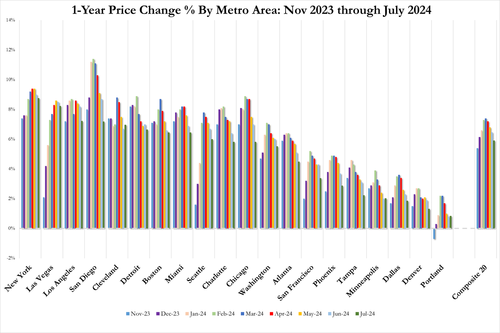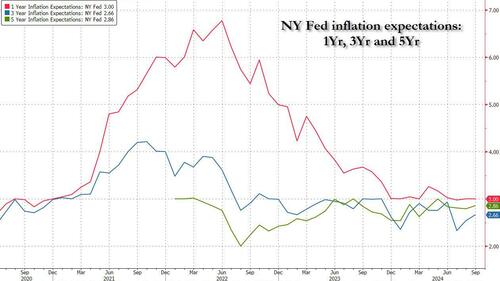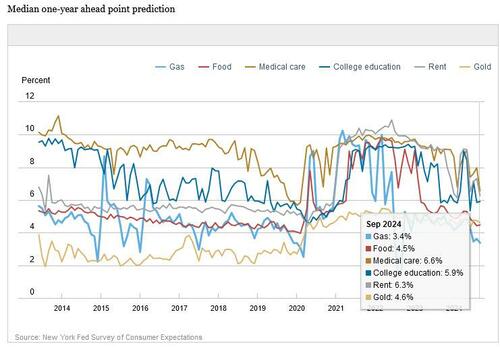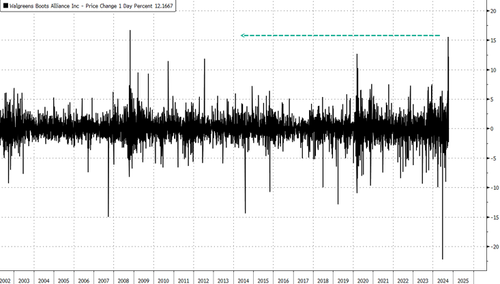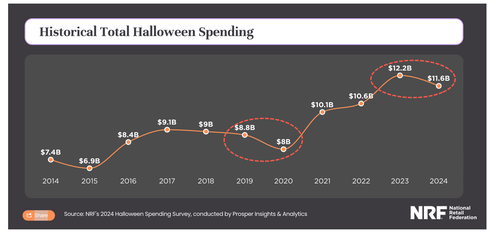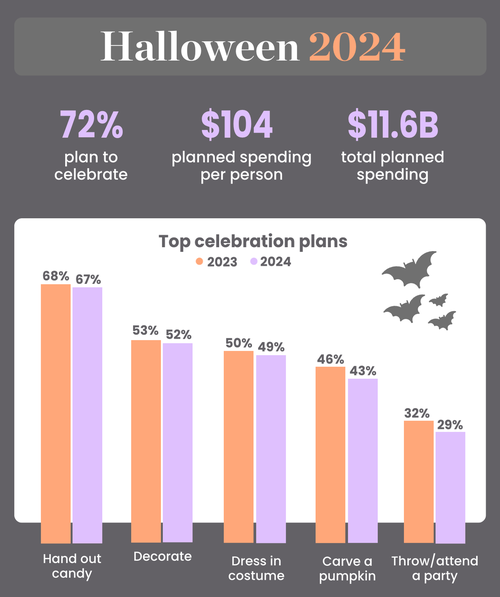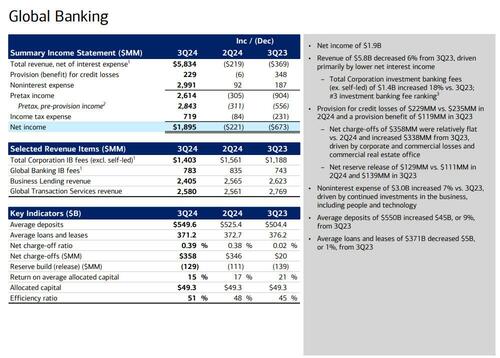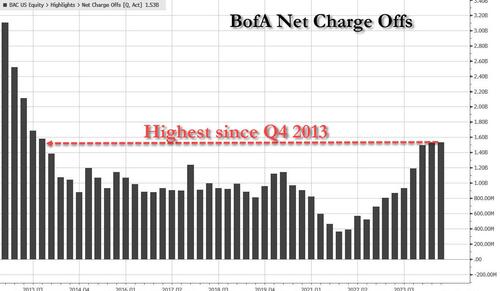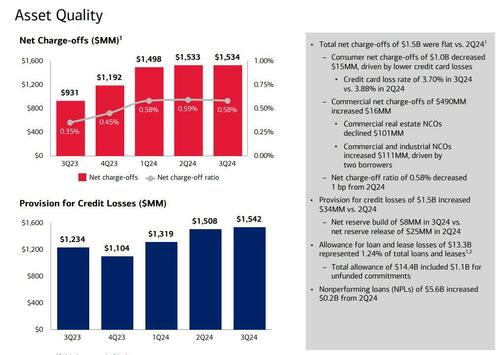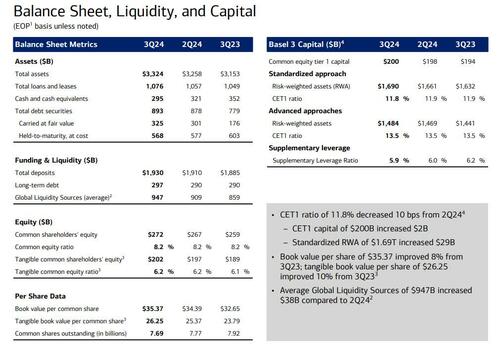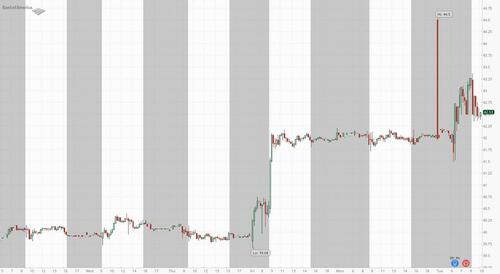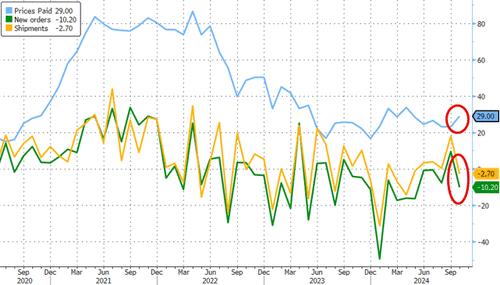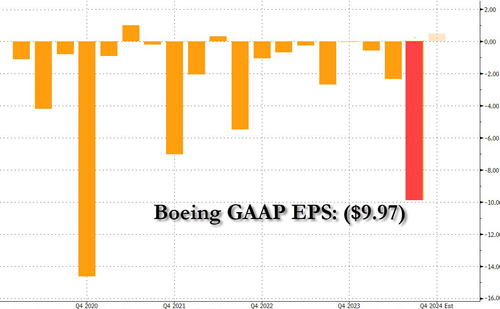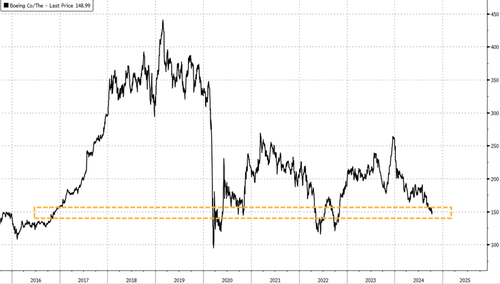Authored by Jonathan Turley,
Roughly five centuries ago, a new dance first reported in Augsburg, Germany was promptly dubbed the “waltz” after the German term for “to roll or revolve.”
Today, there is no more nimble performer of that dizzying dance than Democratic vice presidential nominee Tim Walz.
Indeed, “Walzing” has become the Minnesota governor’s signature political two-step after his controversial statements on his allegedly socialist views, eliminating the electoral college and other topics.
On Sunday, Walz’s dance partner was Fox News host Shannon Bream, who seemed to be fighting vertigo as the candidate tried to deflect his shocking prior statements on free speech.
Bream asked Walz about his prior declaration that there is “no guarantee to free speech on misinformation or hate speech”— a statement that runs counter to decades of Supreme Court decisions.

Walz notably did not deny or retract his statement. Instead, his interview ironically became itself a flagrant example of misinformation.
First of all, misinformation and hate speech are not exceptions to the First Amendment: Whether it is the cross burnings of infamous figures like KKK leader Clarence Brandenburg or the Nazis who marched in Skokie, Ill., hate speech is protected.
Yet both Harris and Walz are true believers in the righteousness of censorship for disinformation, misinformation and malinformation.
The Biden administration defines misinformation as “false, but not created or shared with the intention of causing harm” — meaning it would subject you to censorship even if you are not intending harm.
It defines malinformation as “based on fact, but used out of context to mislead, harm, or manipulate.”
So you can post “true facts,” but would still be subject to censorship if you are viewed as misleading others with your pesky truth-telling.
Furthermore, “book bans” are not equivalent to the Harris-Walz censorship policies.
After years of supporting censorship and blacklisting, Democrats are attempting to deflect questions by claiming that the GOP is the greater threat.
“We’re seeing censorship coming in the form of book bannings in different places,” Walz told Bream.
“We’re seeing attempts in schools.”
First, a reality check: The Biden-Harris administration has helped fund and actively support the largest censorship system in our history, a system described by one federal court as “Orwellian.”
These are actual and unrelenting efforts to target individuals and groups for opposing views on subjects ranging from gender identity to climate change to COVID to election fraud.
While Walz and others rarely specifically reference the book bans in question, Florida is one state whose laws concern age limits on access to graphic or sexual material in schools.
School districts have always been given wide latitude in making such decisions on curriculum or library policies. Indeed, while rarely mentioned by the media, the left has demanded the banning or alteration of a number of classic books, including “To Kill a Mockingbird” and “Of Mice and Men,” under diversity or equity rationales.
I have long opposed actual book bans perpetrated by both the left and the right. However, school districts have always made such access and curriculum decisions.
Finally, Walz and others often sell censorship by citing the dangers of child pornography or of threats made against individuals.
Walz on Sunday followed Hillary Clinton’s recent pro-censorship campaign as he employed such misdirection.
“The issue on this was the hate speech and the protected hate speech — speech that’s aimed at creating violence, speech that’s aimed at threats to individuals,” he claimed.
“That’s what we’re talking about in this.”
First, he’d said there is no protected hate speech.
Second, the law already provides ample protections against threats toward individuals.
What’s most striking is that, after years of unapologetically embracing censorship (often under the Orwellian term “content moderation”), the left does not seem to want to discuss it in this election.
Democrats in Congress opposed every major effort to investigate the role of the Biden administration in the social-media censorship system it constructed. Many denied any such connection.
Elon Musk ended much of that debate with the release of the Twitter Files showing thousands of emails from the administration targeting individuals and groups with opposing views.
Now the public is being asked to vote for the most anti-free speech ticket in centuries — but neither Harris nor Walz want to talk about it in any detail.
The result may be the largest bait-and-switch in history.
Walz, Clinton and others also falsely claim they are simply trying to stop things like child pornography — which is already covered by existing criminal laws.
But what many on the left want is to regain what Clinton called their loss of “control” over what we are allowed to say or hear on social media.
Make no mistake about it: The “Walzing” of free speech is one dance you would be wise to decline.
Otherwise, do not be surprised if, when the music stops, you find yourself without both your partner and your free speech.
* * *
Jonathan Turley is the Shapiro Professor of Public Interest Law at George Washington University and the author of “The Indispensable Right: Free Speech in an Age of Rage.”





